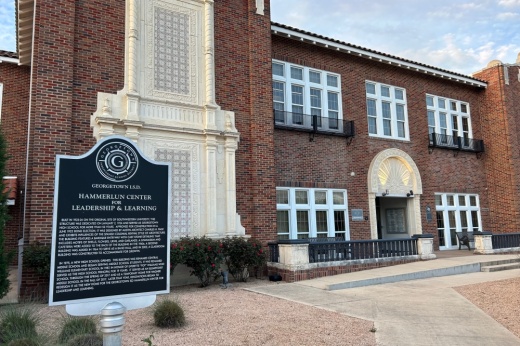A 2-percentage-point difference—94% average daily attendance versus the 92% planned for the fiscal year's budget—could provide significant opportunities for the district, GISD Chief Financial Officer Jennifer Hanna said.
Two-minute impact
In a Nov. 4 update on the school district's budget, Hanna said the average daily attendance rate—a measure of the proportion of students enrolled in the district attending school each day that is then divided by the total number of instructional days that have passed—is trending higher than the 92% rate projected as part of budget planning for the 2024-25 school year.
This presents a few possible scenarios for the district, including a balanced budget and possibly some wiggle room to address campus-level needs, depending on whether this trend holds strong through the rest of the school year.
What they're saying
Hanna presented a few different budget scenarios based on 92%, 93% and 94% ADA for the fiscal year. 92% is the ADA that was used to create the approved $164.91 million budget, which includes a $14.57 million recapture payment to the state.
The higher 93% and 94% scenarios do see increases to overall recapture, which tops out at $17.79 million in her projections because of a slightly higher amount of property tax revenue that the district is also expecting, but they also see small but impactful state funding increases.
Hanna said this is because higher ADA allows the district to keep more of its local tax revenue, as well as additional hold harmless funding the district will receive. She said this is due to the structure of the state's two-tier funding formula, which allows the district to keep all of its Tier 1 funding.
Other factors contributing to higher revenues than originally projected include an audit of the district's property values for the 2022 fiscal year and higher than projected tax revenue for the current fiscal year.
Did you know?
In Texas, Tier 1 funding is the primary means of funding for public schools, and is based on the number and types of students in a school district. This part of the funding formula takes into account ADA and the basic allotment, a per-student funding amount set by the state, among other factors.
The basic allotment was last increased to $6,160 per student in 2019, Hanna said. Were this amount to be adjusted for inflation—and give districts the same amount of purchasing power this amount had in 2019—she said the basic allotment would be $1,156 higher.





